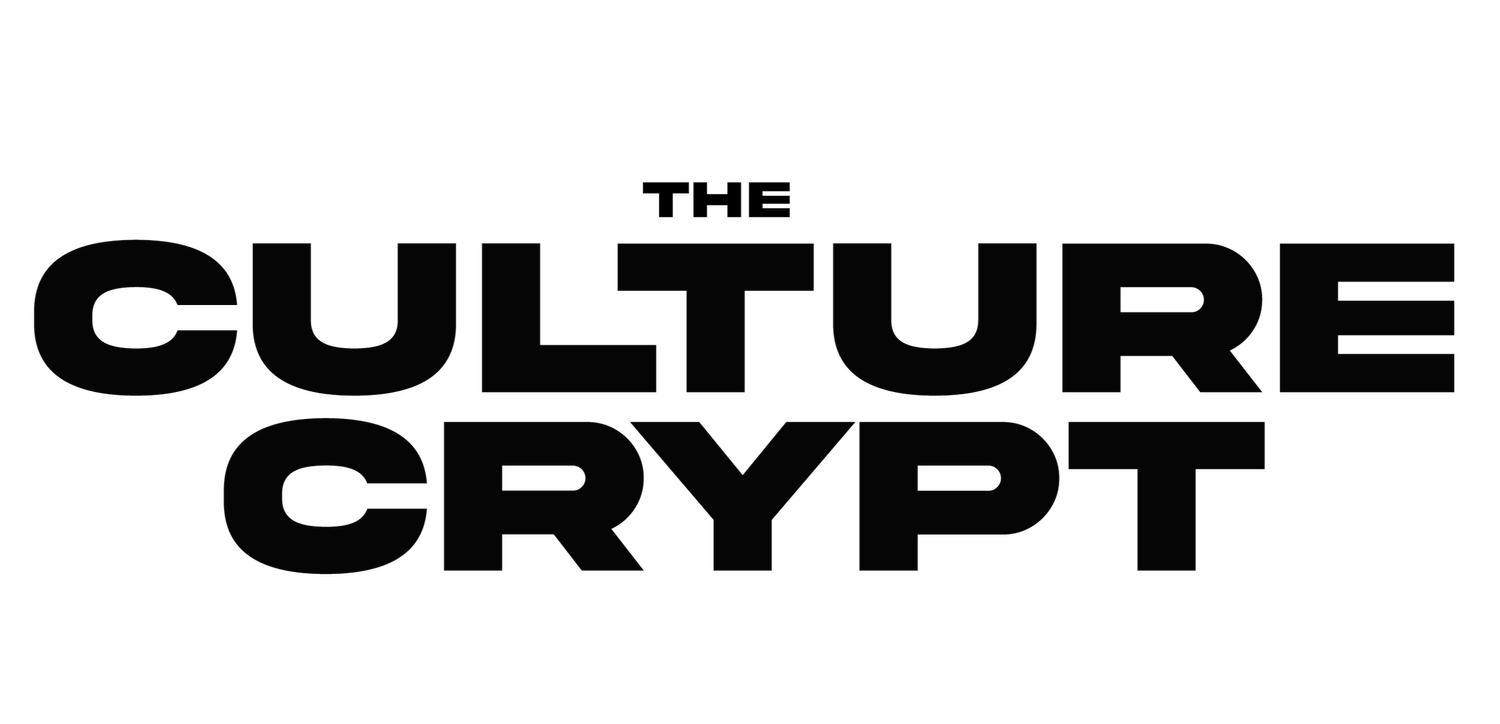How Run-D.M.C Saved Hip Hop Music
Exploring how the now-iconic '80s rap group reshaped the sound of rap music with their debut project.
In the 1970s, hip hop formed as a counterculture movement to disco. By the early 1980s, rappers had two choices. Remain broke and without a record deal, or become what they swore to destroy by conforming to the music industry standards. This usually meant wearing animated clothing and singing love songs with a live band, remnants of the disco era. However, this changed when Run-D.M.C introduced “real” hip hop to the mainstream.
Imagine the year is 1982. There is a divide between the rap on the streets and the rap on the records. The split is causing friction between the underground and those with the record contracts.
There is a general sense of discontent with the way hip hop is being displayed in the mainstream. It is almost inconceivable now, but there a time in hip hop when it was cooler to be unsigned than the contrary. Cars, clothes and jewellery did not hold a candle to the perceived authenticity an independent rapper carried.
Recorded rap was being produced primarily by Enjoy, Tommy Boy, and Sugarhill Records. A couple of labels also dipped their toe in the water but did not fully commit to hip hop as a genre. Outside of this small corner of the music industry, rap music was found only in the underground party scene of New York City.
Except for Tommy Boy (who represented by electro-funk giants Soulsonic Force and the Jonzun Crew), the music being produced by these labels and branded as hip hop used a live band. The mainstream was not quite prepared for the concept of breakbeats. No major record label was willing to bet on a DJ over a live band.
Also, sampling was more stigmatised at the time; so, the label's old house band leftover from the 70s would play for the M.C.s at live shows. This meant the emcee essentially rapped over disco. This conflicted with the traditional conventions of hip hop, especially with the lack of DJ presence.
In the early years of hip hop, the DJ performed to the crowd alone and emceed in between cuts. Even up to the time Run-D.M.C debuted in 1983, DJs were still the most prestigious names in the genre. The prominent performers were DJ Jazzy Jay and DJ Kool Herc. Both DJs in question were credited with throwing the first hip hop party.
Furthermore, groups usually featured the DJ's name first: how the DJ credited with inventing scratches. His group was named Grandmaster Theodore and the Fantastic Five. Except for Grandmaster Flash and the Furious Five, though, rap groups' DJs were not even signed onto the record contract, as they were deemed unnecessary or unimportant by the label. Kool DJ Kurt had to change to rapping just to get signed, adopting the name Kurtis Blow. The man who persuaded him to make the switch was his manager, Russell "Rush" Simmons.
As time has progressed, it is clear recorded rap is far removed from its roots in the NYC block parties. This pertains to music, fashion and other elements of the culture. For mainstream audiences, the novelty of Mr Wave from the New York City Breakers was wearing off. Gimmick acts were losing hip hop its mainstream appeal, and the genre as a whole was losing commercial viability.
While this was going on, Simmons had invited his younger brother Joseph to do some DJing for Kurtis Blow, adopting the moniker of Run. Russell eventually began managing his brother Joe Run Simmons as an emcee.
Run was accompanied by his school friend Darryl Easy D McDaniels. Long story short, they teamed up with local deejay Jason Mizell, better known for being Jazzy Jase. Run, Son of Kurtis Blow (which was his full title - ridiculous, right?) became Run, Easy D became DMC, and Jazzy Jase became Jam Master Jay or JMJ for short.
The group (excluding JMJ, of course) signed with Profile Records. In 1983, Run-D.M.C. put out their single “It’s Like That / Sucker M.C.s (Krush-Groove 1)”. Both records on that single shook the rap scene. Manager Russell Simmons has been quoted as complaining that rap records at the time had "too much music", and this vision was evidenced right from Run-D.M.C's debut.
Using Simmons' company Rush-Groove Productions in partnership with producer Larry Smith, Simmons advocated that rap returned to using 'two turntables and a microphone' formula. The way songs were made originally. Both “It's Like That” and “Sucker MC's (Krush-Groove 1)” use just a drum machine for their instrumental. This was a familiar sound to the NYC rap listeners but ground-breaking to the mainstream. Because of its back to basics but effective formula, the single was popular among both parties.
Run-D.M.C released their eponymous LP on March 27, 1984. At that time, Run-D.M.C were considered to be the first 'new school' rappers. This mantle was ironic as the trio just reinvented what came before. Run-D.M.C's debut marked the start of a new era that saw a return to hip hop's roots in breakbeats, sampling and drum machines.
It opened the door for acts such as the Ultramagnetic M.C.s, Boogie Down Productions and Eric B. & Rakim to follow. Alongside these names in the new school movement were L.L. Cool J, Slick Rick, then Public Enemy a little later on.
Hip hop historian Jayquan famously proclaimed that without Run-D.M.C coming in when they did, commercial hip hop may have ceased to exist in the way we know and love. The disassembly of rap's most commercially successful group at that time, The Furious Five, coincided with a collective feeling of weariness of the house bands used by Sugarhill. The course correction Run-D.M.C provided helped remap the overall trajectory of hip hop.
Something new was needed. Run-D.M.C was that something. The trio brought that newness simply by doing things the old way. As far as mainstream rap goes, Run-D.M.C saved hip hop by backtracking on all the things that allowed rap to enter the mainstream, to begin with. Run-D.M.C also reaffirmed their legacy with their rap-rock crossovers.
Their track Walk This Way revived Aerosmith's career and took hip hop music to economic heights never seen before. This opened the doors for what followed post-1986 with acts like the Beastie Boys.
Bonus Info
“Sucker M.C.'s (Krush-Groove 1)” 's title refers to the song it was sampled from. Orange Krush, Larry Smith's funk group that Russell Simmons managed under Rush-Groove Productions, released a track titled Action in 1982. Davy DMX, then a member of Orange Krush, took all master layers away beside the drums, which were then rearranged to create the “Sucker M.C.'s (Krush-Groove 1)” beat. Krush-Groove is a play on words using Orange Krush and Rush-Groove.
This insight helps to break down some of Run's opening lines:
“Took a test to become an MC, and Orange Krush became amazed at me / So, Larry put me inside his Cadillac, the chauffeur drove off, and we never came back / Dave cut the record down to the bone, and now they got me rocking on the microphone”
Robbie Ettelson of Medium also claims that Rakim's brother Ron was a member of Orange Krush, but we cannot confirm this. If true, it's another excellent tale of hip hop coming full circle.
When “Sucker M.C's” was released in 1983, Run-D.M.C was heard but was yet to be seen. Their iconic style would change not just hip hop but the broader fashion industry—forever. But that's an article for another time...



